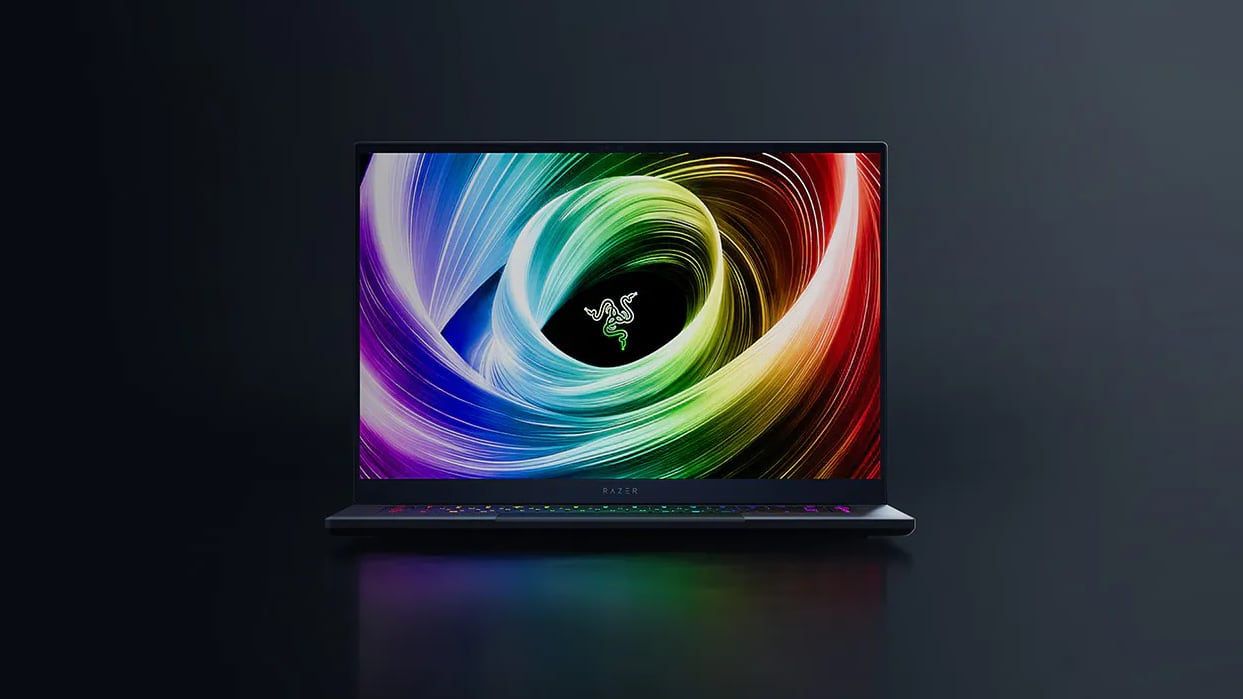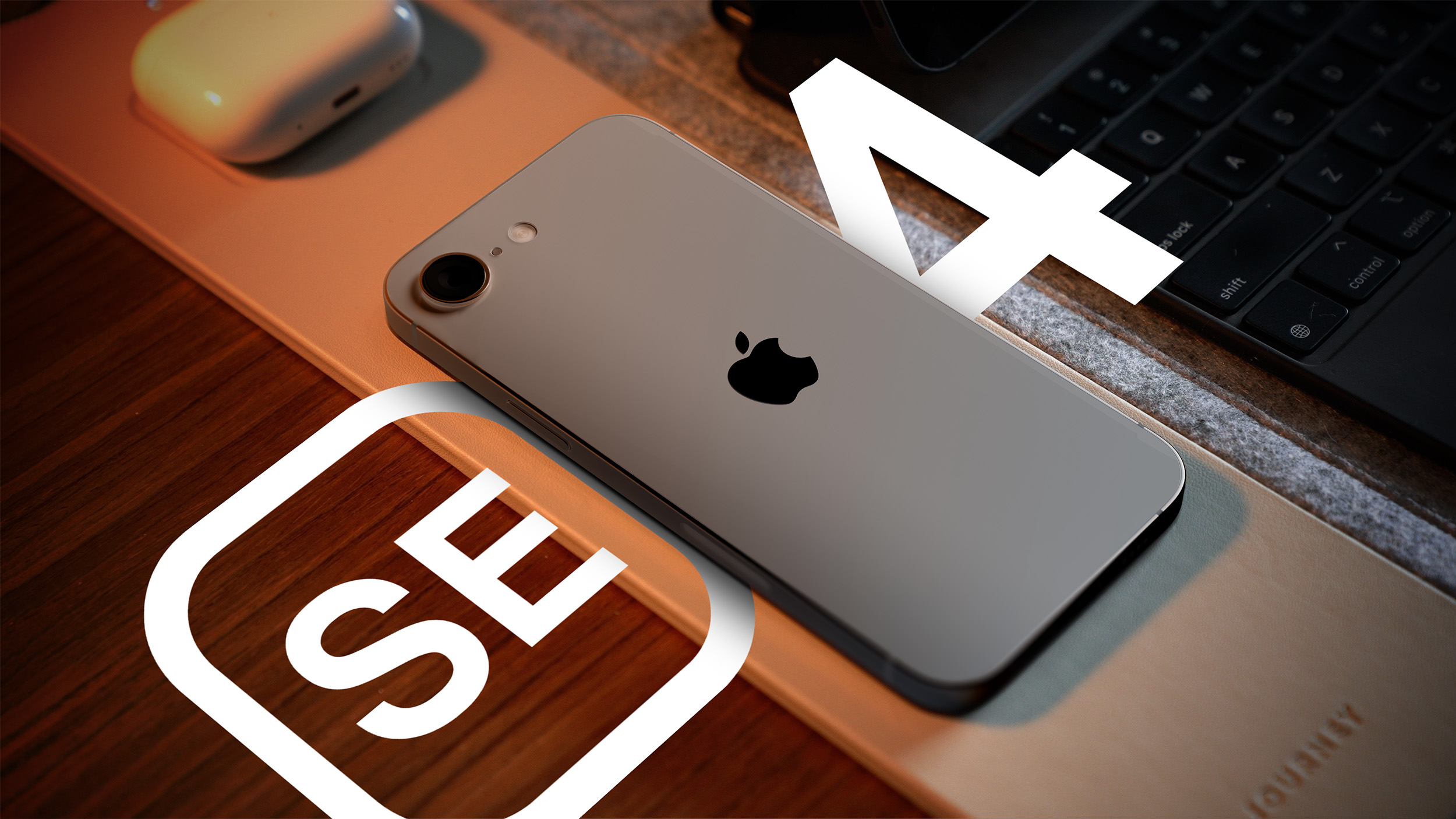100TB cartridges set to rival tapes, hard drives, DNA for data archiving domination
While cloud storage remains the most visible portion of consumer storage across the tech ecosystem, the bit that requires the most capacity remains hidden. Archiving and long term data storage by hyperscalers and service providers have gathered steam over the past decade as more of our lives – especially over the COVID lockdown – took place online.
Optical storage (think DVD and Blu-ray) has been in the shadows as tape, exotic media (like silica or DNA) and hard disk drives vie for supremacy in the hotly contested area of archiving. However, one newcomer, Folio Photonics, aims to deliver the goods faster than everyone by taking a new spin on existing optical technology.
The start-up company, spun-off from the Center for Layered Polymeric Systems, a National Science Foundation funded Science and Technology Center is a newcomer in a crowded marketplace and we’ve sat down (virtually) with its CEO, Steve Santamaria to discuss the future of this exciting technology.
(Image credit: Phil Hearing — Unsplash)
I can trace the first glimpse of a 1TB optical disc back to 2007. Why did it take so long to get a commercially viable product?
It turns out, commercially manufacturing of 1TB discs using the traditional spin coating method is difficult to do while maintaining yields and margins. Folio’s breakthrough is as much about the co-extruded film manufacturing process as it is about advanced material science. The manufacturing process allows commercial scale and affordable costs. This allows Folio to deliver high optical capacity at a fraction of typical optical storage costs.
Your press release mentions $5 per TB while your site mentions $3 per TB, which one is right?
Both are right. This will be a market/business decision. Folio intends to have the lowest $/TB of any current storage media when we ship the first product, but we recognize that the data archive storage is a commodity and will manage our price and roadmap accordingly to deliver the best value to our customers and to our investors.
How is your optical disk different from a traditional blu-ray one? What’s the secret sauce?
Multi-layer and low-cost manufacturing process. Traditional Bluray discs are three or four layers and have been for 20 years (the Archival disc achieves 6 layers by having 3-layers on both sides). Our first product will be 8 layers per side, meaning we will have a 16 layer double sided disc. That is ~ 2.7X the capacity of current Bluray without advances in areal density (more data per layer). The secret sauce is Material Science + extruded film-based manufacturing.
Many before you have tried the WORM route but failed to make any impact (e.g Pinnacle Micro etc). What makes your approach different and how did you manage to beat giants like Panasonic or Sony?
We believe the customer’s needs are evolving. So much of data being archived are “Objects” and by definition Object data needs to be immutable. WORM is the best way to achieve data immutability.
Your technology allows the use of both cartridges or discs. What would be the use cases for either (perhaps prosumer vs petabyte-size archives)?
There are a number of library companies that offer robotics as well as a robust SW layer that we are working with. Cartridge vs disc carousel, vs disc tray will be chosen to service the various market use cases and determined by the library vendors.
What sort of performance are we talking about? Access time, transfer rate, write rates etc?
At this time, we are not disclosing performance metrics, but are comfortable pointing to the SONY ODA metrics as comparable. Access time in particular will be determined by the library vendors and the ratio of drives to discs they commercialize.
What’s the horizon 3 target? 10TB disc and 100TB cartridges by 2030? Would cost per TB stay the same or go down?
10TB discs are the target, but will be determined by the market. Folio’s manufacturing process allows us much greater control of costs and we commit to deliver the best value to our customers and to our investors.
How much will the writers/readers cost and what sort of improvement would you see on that side? Multiple reading/writing heads? Dual side ones?
Still too early to discuss the pricing of our drives except that we will be competitively positioned somewhere between today’s Blu Ray drives and LTO Tape drives.
Why call the company Folio Photonics? What’s the photonics aspect of it?
The name Folio Photonics came from our founder, Dr. Ken Singer. “Folio” refers to layering sheets of paper (into a book format in many cases); hence it is used to describe the layered film we manufacture. Next, “Photonics” is the physical science and application of light (photon) generation, detection, and manipulation. By combining our innovations in material science, manufacturing, and optics, we are able to use our layered film in conjunction with photonics for this high-tech application.
Your site mentions 16+ layers. Does that mean that possibly more layers will come?
Yes, we project to 32+ layers by 2030 in our technology roadmap. With that being said, our manufacturing process of co-extrusion has demonstrated the capability to achieve significantly more than 32 layers. While we aim to create 32 layer films, the disc will be double-sided. This will allow for 32 layers on each side. 167GB x 64 Layers is upwards of 10.7TB. That is how we project up to 10TB.
What areal density will the first gen discs use? What sort of areal density improvement do you expect to achieve further down the line?
We are projecting that our first generation discs will be in the range of standard optical areal density/layer today. Which is in the range of 25-33GB/Layer depending on the media examined. Optical technologies have shown the capability to achieve upwards of 88-167GB/layer by reducing spot size, making marks closer together, and advancing read/write optics. We believe this to be achievable in the future as we progress down our technology roadmap.







